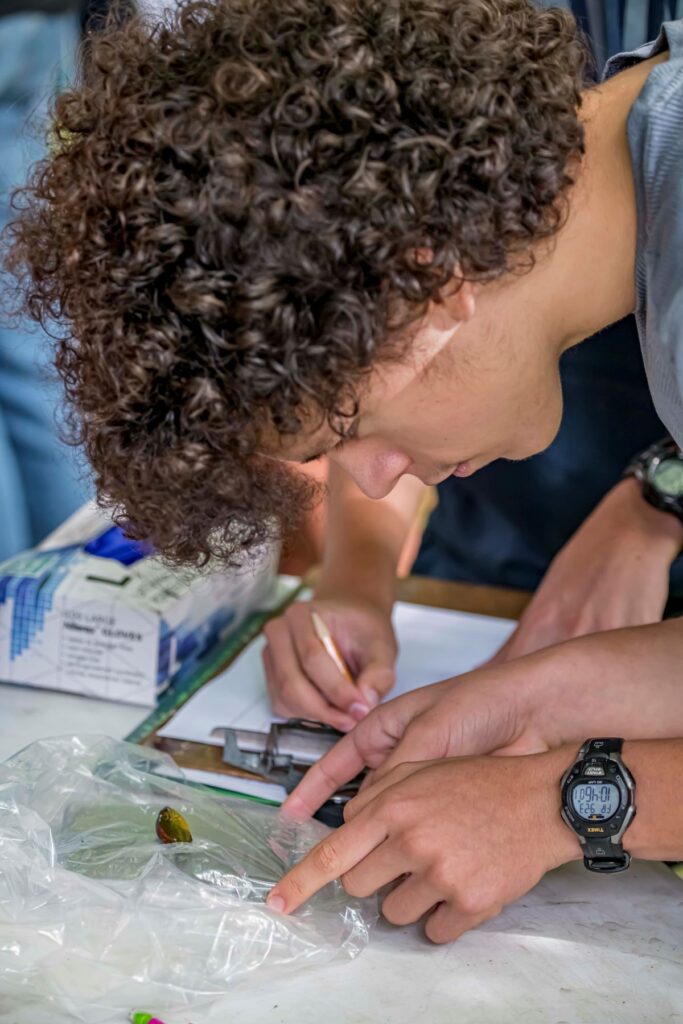
Over the last year or so, the Milwaukee County Zoo’s curator of reptiles and amphibians, Shawn Miller, has worked to develop a “refuge” pond which includes an assurance population of Northern sunfish on Zoo grounds.
According to the Wisconsin DNR, Northern sunfish are considered a “Threatened” species in Wisconsin, and the best population in the state occurs in a short stretch of the Mukwonago River in Waukesha County. Although the population is doing well, it’s located in a heavily-used transportation corridor where it’s potentially vulnerable to a toxic spill from a truck crash or train derailment. Therefore, the partnering organizations saw a need to establish a “backup” aquatic environment for the species in a secure location if a catastrophic event did occur, or in the unlikely circumstance of a major loss of fish. 
Several years ago, 50 Northern sunfish were moved from the Mukwonago River to the Zoo, where they spent 30 days in quarantine (the normal process for any incoming animal to the Zoo to make sure they’re healthy). After completing quarantine, the sunfish were moved to the upper pond in front of the Zoo’s Aviary. The pond not only includes sunfish, but also Central mudminnows, fathead minnows, and rusty crayfish. The exact number of sunfish is not known; however, an estimated count is between 500 – 1,000.
In 2019 and 2021, the Zoo conducted genetic sampling of the pond’s sunfish to ensure the population was genetically viable, and that there wasn’t a loss of genetic diversity, sometimes known as “bottlenecking.” In 2022 and again in the fall of 2023, students in the Advanced Placement Biology class at the Milwaukee School of Languages joined the project and assisted with the basic field collection and took part in field sampling techniques. The students weighed and measured the length of each fish and took a small piece of fin tissue for genetic analysis. The Mukwonago River will also be surveyed to collect genetic samples from the wild population and compare it to the Zoo’s population.
 The refuge pond is significant, providing a safe and stable environment for the fish to continue to live and breed. The population at the Zoo may also be the last option for these fish if their populations were to further decline in the state. The breeding group would then be used to re-establish a population in the Mukwonago River.
The refuge pond is significant, providing a safe and stable environment for the fish to continue to live and breed. The population at the Zoo may also be the last option for these fish if their populations were to further decline in the state. The breeding group would then be used to re-establish a population in the Mukwonago River.
© 2025 Milwaukee County Zoo. All Rights Reserved | Privacy Policy